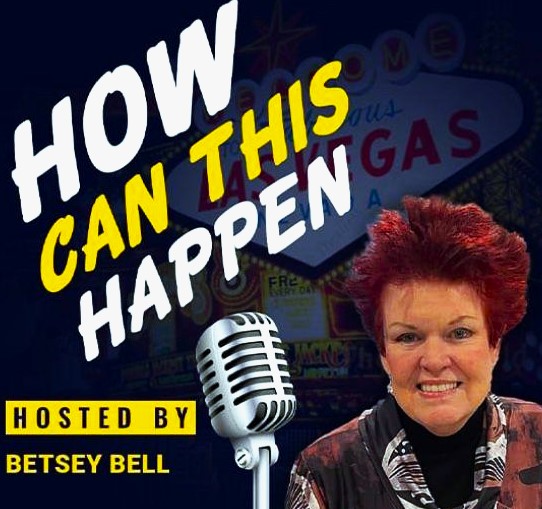Welcome today we’re unraveling the wild, scandalous tapestry of Watergate. But before we dive headfirst into the circus, let’s set the scene. Picture this: It’s the early 1970s in Washington D.C., the heart of American political intrigue. The city is a blend of classical architecture and the buzz of modern politics. Picture the Capitol Building standing tall and majestic, surrounded by an air of secrecy and whispered conspiracies.
Now, let’s talk about the political climate. It’s as tense as a tightly wound guitar string, ready to snap. The Vietnam War is still raging on, much to the frustration of the anti-war protesters who have turned the National Mall into their personal campsite. Every other week, it seems, there’s a new protest or demonstration. The air smells like a mix of hotdogs from street vendors and the occasional waft of tear gas from the latest clash between police and demonstrators.
Richard Nixon is the man of the hour, our 37th president. Picture him in the Oval Office, probably sweating bullets under his perfectly pressed suit. Nixon’s presidency was supposed to be his magnum opus, but instead, it was more like a tragic opera. Nixon, with his deep-set eyes and ever-present scowl, looked like he was perpetually plotting something—probably because he was. His paranoia was legendary. He saw enemies everywhere: in the media, among his political opponents, even within his own administration. And speaking of Nixon’s administration, they were a colorful bunch. His closest advisors, known as the ‘Palace Guard,’ included John Ehrlichman and H.R. Haldeman, both of whom looked like they walked straight out of a casting call for ‘Men in Black.’ They were Nixon’s loyal enforcers, always ready to do his bidding, no matter how dubious.









